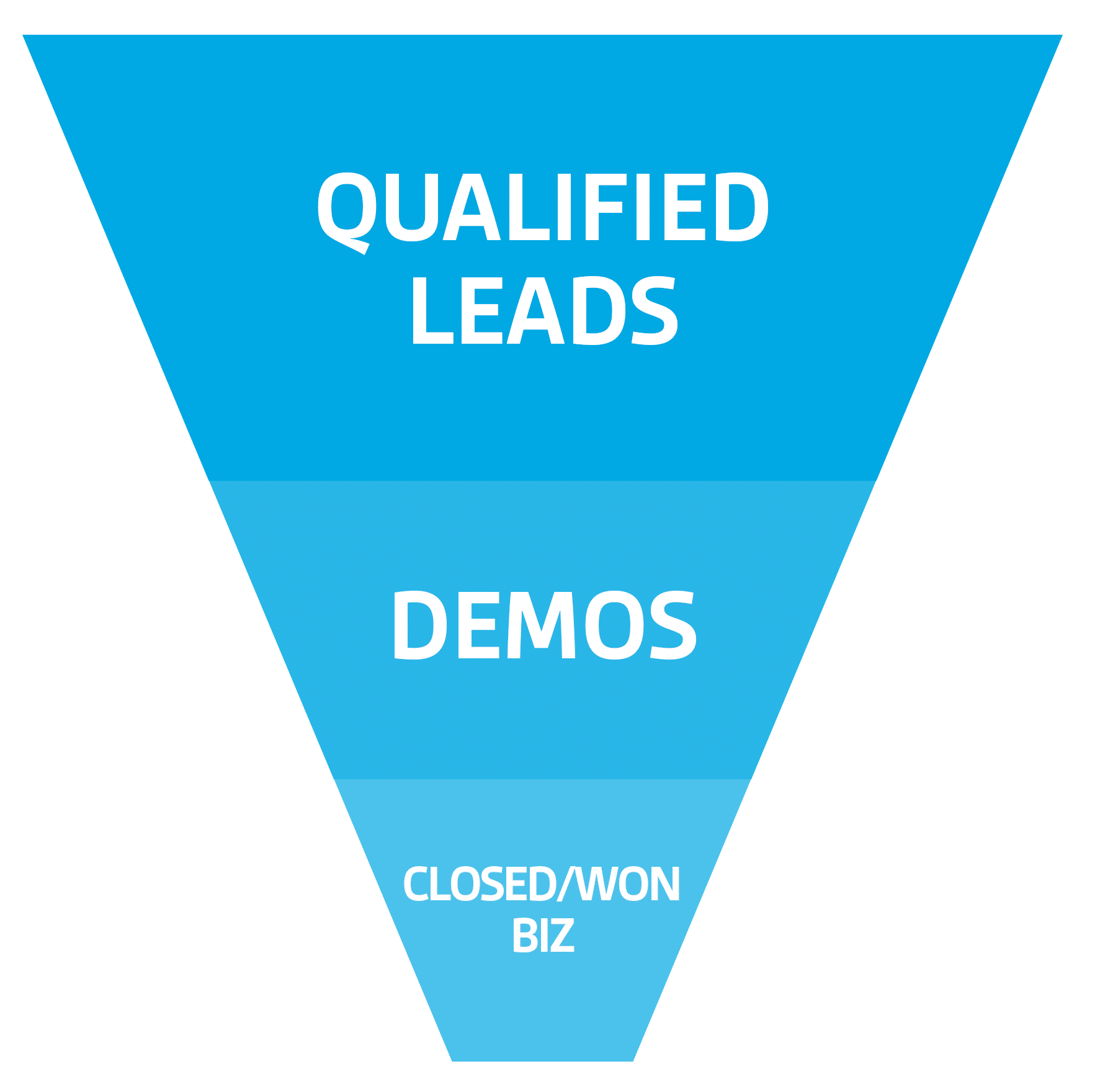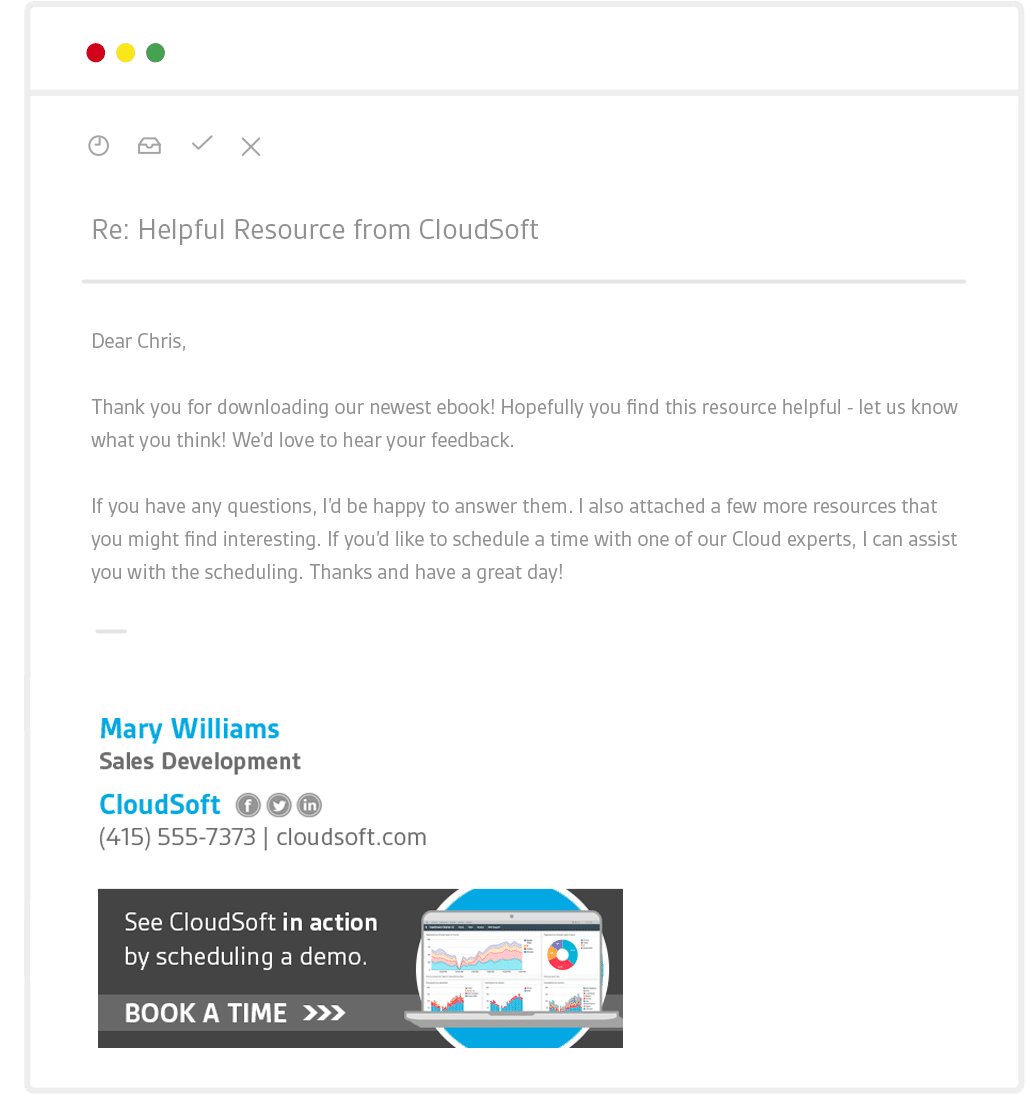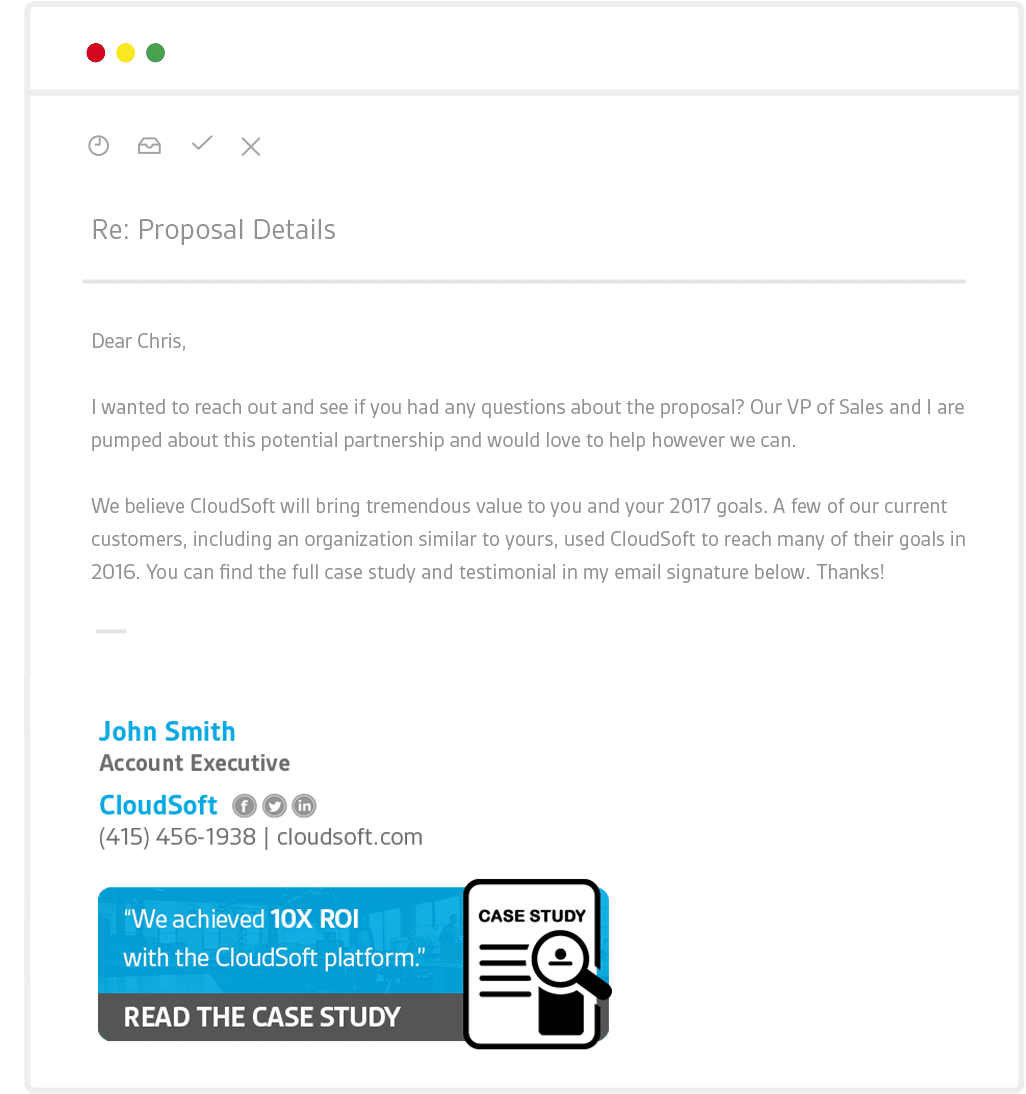We work tirelessly day-in and day-out to create that piece of content. You know the one, that piece we hope will go viral and produce a bajillion qualified leads for our sales and marketing strategy. It’s a grind, but us marketers, we live for days like those and will do whatever it takes to make it happen.
We want to be the hero. We want to be the guy who cooked up that genius campaign and brought in a gazillion qualified leads, put them on a silver platter for the sales team (who eventually bring it home and close the deal), then present a report to our boss showing an agglomeration of closed/won deals sourced from marketing efforts (after which we get a promotion, generous raise and sail off into the sunset).
But, reality says it doesn’t always go that way.
Sure, you may produce killer content and run an awesome campaign that brings in qualified leads for your sales team, but what happens after that? After a few follow-ups, the prospect never replies and your sales development rep or account executive moves on, and now you have a stale lead that isn’t being nurtured. I guess onto the next bajillion leads, right?
You worked hard to generate those leads – it’s what your team is measured on. But at the end of the day, the most critical metric around a sales and marketing strategy is the bottom line. But what if you, Mr. Marketing Director, still had some control after those leads were passed? Some control or influence on how they progress through the funnel all the way to closed/won business?
Sounds pretty good, right? Before I dig into that, let’s first take a step back and review the stereotypical relationship between sales and marketing.
The Classic Debate: Marketing vs. Sales
“I gave you 1,000 qualified leads. Why haven’t they closed or converted yet?” vs. “I don’t have enough qualified leads to fill my pipeline.” We’re all familiar with this back and forth. Winning cures all, and makes for the best company culture. But when deals aren’t closing, both sides will start feeling the pressure (and most likely start the “blame game”).
“Well, I did my job. It’s your job to close the deal.” True, in some sense, for the marketer to have this thought. However, it’s an attitude that’s ultimately ineffective to the overall success of a sales and marketing strategy. We’re all on the same team here.
Both groups need to shift their mindset and start thinking about how they can help each other. When both sides work together, good things happen and deals close (and each team makes the other side look good).
Marketing: think creatively about how your team can contribute past the lead to demo stage.
Sales: work with the marketing team to educate your prospects with the right content at the right time.
The Sales/Marketing Funnel

Of course there are additional benchmarks, conversion rates and strategies that revolve around this funnel. But, all of these circulating benchmarks can become complicated, so it’s always nice to be able to refer back to a core set of metrics and goals.
The Right Content at the Right Time
Think of this funnel not only for metrics and goals, but also as a framework to determine which content to share and appropriate timing. After a prospect has been identified as a qualified lead, what content should she pay attention to next?
If they’re still a fresh lead towards the top of the funnel, blog posts, ebooks or whitepapers will keep the momentum building and peak their interest. Continue to be a helpful resource while also progressing them to the next stage (scheduling a demo or meeting).
For identified opportunities that are further into the sales cycle, point them to content that solidifies your credibility as a trusted partner. Case studies, testimonials or use cases that demonstrate your value prop in action, can help nudge them across the finish line (a signed proposal).
Example: Convert Qualified Leads to Demos
How is your sales development team following up with qualified leads? Beyond a few triggered emails and/or phone calls, 1:1 email (think gmail or outlook) is probably the most popular option.
Personalization is important here. Being helpful and sharing content that’s relevant to that particular prospect will help build value and gain trust. Having a call-to-action for the “next step” is even more crucial. Use each 1:1 email interaction to educate the prospect on your product or service, but also use each email as an opportunity to lead them into the next step.
End the message with a call-to-action to schedule a demo. Marketers, if you don’t work directly with your sales development team or if you don’t have time to review each follow-up message, ensure this next step is being communicated with simple, centralized control over your company’s email signature.
Example: Convert Demos to Closed/Won Business
For prospects that have already seen a demo, the messaging should be different. By now, they’ve read through a few resources and are familiar with the value prop. They might be reviewing the proposal, getting approval on pricing or weighing all options (and checking out your competitors).
It’s time to show them how others are seeing ROI. Share a case study, specific use case or testimonial. Show them how others (ideally customer logos they respect or can relate to) use your product or service to boost their business.
Create a Winning Culture Across the Entire Sales/Marketing Funnel
If sales wins, then marketings wins. And vice versa. Help each other convert leads into demos and demos into new business. Use content to your advantage by sharing the right resource at the right time (1:1 email and Sigstr can help).
What does your sales and marketing strategy look like? Do you keep it simple, or does it include multiple stages and detailed conversion metrics? We’d love to hear your feedback and how your team works together to increase conversions. Start a conversation on twitter (@SigstrApp) or drop us a line at [email protected].


